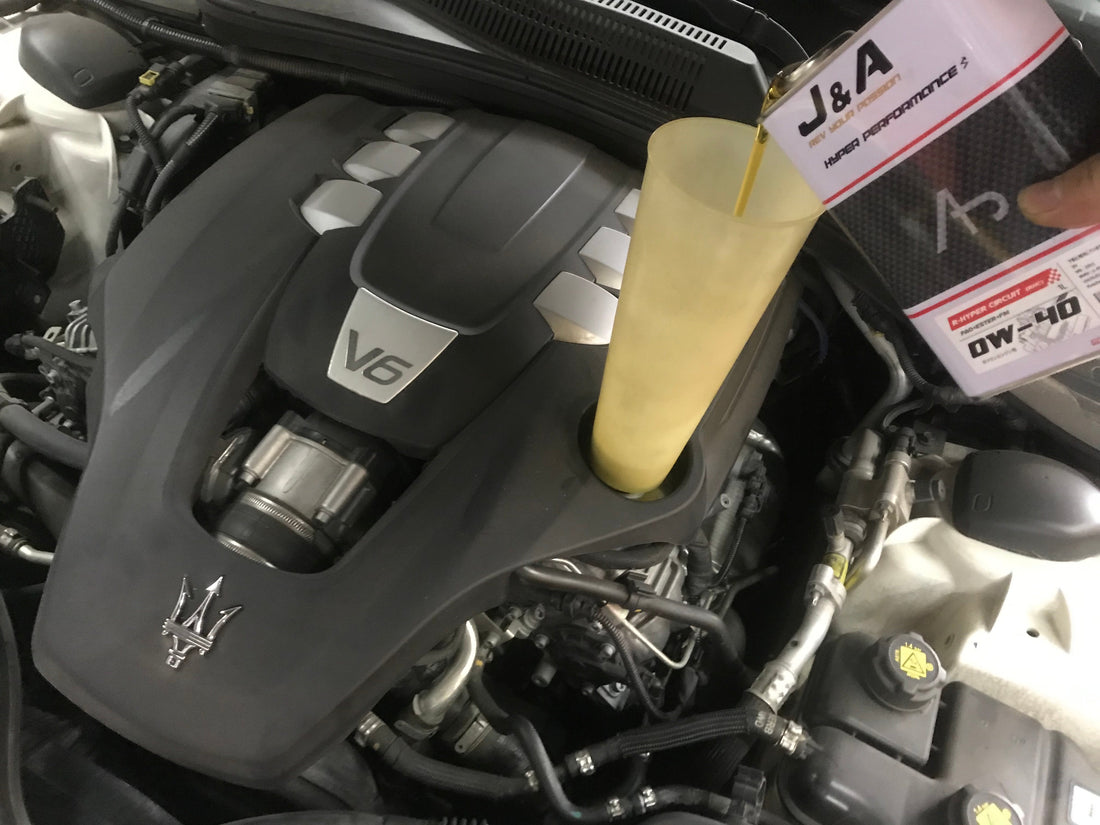When it comes to high-performance racing engines, the choice of motor oil is just as critical as the engine itself. The right racing oil not only enhances performance but also provides essential protection under extreme conditions. In this guide, we’ll explore the key aspects of racing oil and why it matters for serious racers.
What Makes J&A Racing Oil Different?
Unlike conventional motor oils, racing oils are specifically formulated to handle the high temperatures, extreme pressures, and rapid RPMs that come with motorsports. Key differences include:
-
Higher Viscosity Index: Racing oils maintain their protective qualities at high temperatures without thinning out.
-
Enhanced Additive Packages: These oils contain higher levels of anti-wear additives such as PAO (Polyalphaolefin) and ESTER base stocks for superior lubrication and stability.
-
Shear Stability: Racing oil resists viscosity breakdown under heavy loads, ensuring consistent performance.
Choosing the Right Racing Oil
Selecting the ideal racing oil depends on several factors:
-
Engine Type: Turbocharged engines may require synthetic oils with superior heat resistance.
-
Racing Conditions: Drag racing, circuit racing, and endurance racing each place different demands on oil.
-
Viscosity Rating: Always refer to the manufacturer’s recommendations for optimal viscosity levels.
Synthetic vs. Conventional Racing Oil
While conventional oils can still be used in some racing applications, synthetic racing oils are preferred due to:
-
Superior Lubrication: Reduced friction means better efficiency and power output.
-
Higher Thermal Stability: Synthetics resist oxidation and degradation in high-heat environments.
-
Longer Oil Life: Less frequent oil changes can be beneficial for endurance racing.
How Often Should You Change J&A Racing Oil?
Racing oil should be changed more frequently than standard motor oil due to the extreme conditions it faces. Factors that influence oil change intervals include:
-
Racing Frequency: More races mean more frequent changes.
-
Oil Analysis: Regular oil testing can help determine when a change is necessary.
-
Engine Modifications: Highly tuned engines put more stress on the oil, requiring shorter intervals.
Final Thoughts
Investing in high-quality J&A racing oil can make a significant difference in engine longevity and performance. Whether you're competing in professional motorsports or weekend track days, choosing the right oil ensures that your engine operates at peak efficiency. Stay tuned for more insights and product recommendations to keep your race car running at its best!

